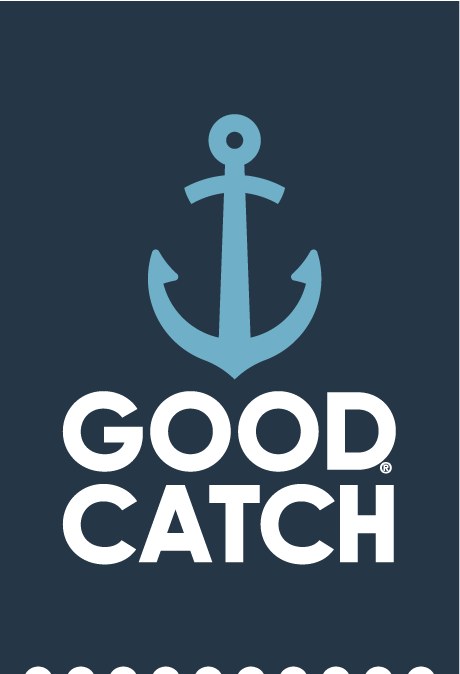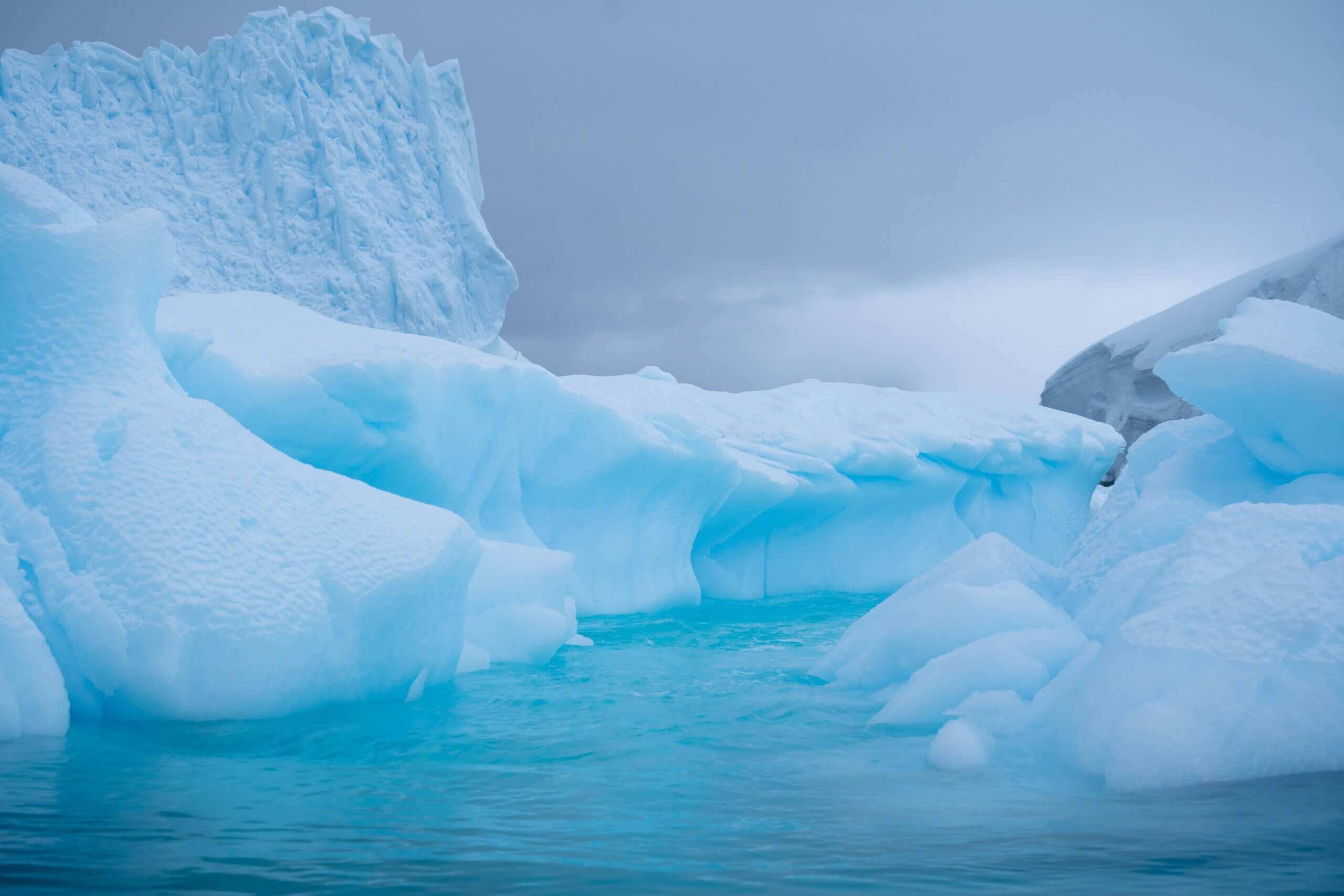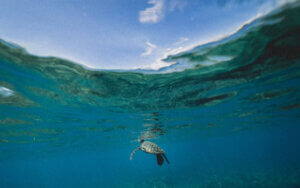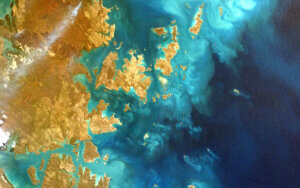The Antarctic krill, a free-swimming shrimp-like crustacean, is arguably the most important species in Antarctica. They swarm the Southern Ocean in huge numbers and whales, seals and penguins all depend on it. Without the Antarctic krill, the whole Southern Ocean ecosystem would collapse. Discover how this species is “krillin’ it” (We couldn’t resist!) in the cold Antarctic waters and why we should protect them.

The Antarctic krill (Euphausia superba) is the largest krill species reaching 2 inches in length. It can also live a relatively long life: up to 7 years!
- Antarctic krill weigh more than all humans and can be seen from space
This krill takes the crown as the species with the largest biomass (total weight of a living organism) of any wild animal species on the planet: between 300 and 500 million tonnes.[1] That is more than the weight of all humans! Krill congregate in swarms so big and dense they can be seen from space.[2]
- Krill have a special relationship with sea ice
Antarctic krill eat phytoplankton, which are microscopic plant-like organisms that need sunlight to survive. Juvenile krill are especially dependent on sea ice in winter, which they use as both shelter and dining hall. The phytoplankton grows on the inside of the ice and serves as a food source during the harsh winter months.[3]
- Antarctic krill are a keystone species
A keystone species helps define an entire ecosystem and without it the system would be dramatically different. Antarctic krill take the primary producers — organisms at the basis of a food web that create food from sunlight — and make the valuable nutrients available for the rest of the animals in the ecosystem. In other words, krill eat phytoplankton and are then eaten by seals, seabirds, whales, squids and fish. The krill predators are then eaten by leopard seals and orcas. Krill predators feed almost exclusively on krill. If krill disappear, so do the rest of the species shown in the food web below[4]:
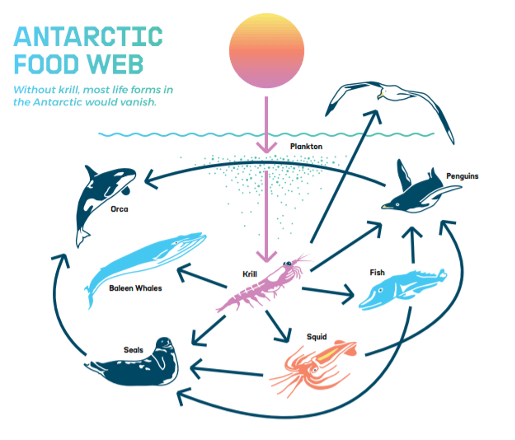
- In the deep during the day, at the surface at night
Krill’s food and predators are both at the surface. Their solution is to hide out in the deep during the day to avoid being eaten. At night, when the predators can’t see well, the krill move to the surface to eat the phytoplankton. This process is termed diurnal vertical migration.[5]
- Krill poo is nutritious
Antarctic krill also play an important role in nutrient cycles in the Southern Ocean. Firstly, krill are able to fertilize the ocean by releasing nutrients as faecal matter. Phytoplankton use these nutrients to grow, just like when humans add nutrients to plants to allow them to grow. Secondly, the sinking nutrient rich poop also brings food to organisms lurking in the deep ocean.[6]
- Krill help fight climate change
The huge amounts of krill produce a lot of poo that is relatively large and carbon-rich. These pellets sink to the deep ocean where it can remain for many years. In other words, krill lock away carbon from the atmosphere, which is important in avoiding further climate change. It is estimated that Antarctic krill remove 39 million tons of carbon from the surface ocean each year. That is about the same weight as 100 million polar bears![7]
- Krill is becoming very popular as a health food
Just because an animal is abundant, doesn’t mean it can’t be overfished. Krill is already the most fished animal in the Southern Ocean, and becoming increasingly popular. Their oily bodies are used as omega-3 supplements, as feed for livestock /fish farming and even in pet food. The krill fishery is not controlled by one country but managed by the Commission for the Conservation of Antarctic Marine Living Resources (CCAMLR) – which set the catch limit to 1% of the estimated krill population. The problem is that the estimate is based on an outdated survey from 18 years ago. There is also plenty of evidence that the industry doesn’t adhere to the conservation rules in the area. Overfishing Atlantic krill will have disastrous consequences for the ecosystem.[8]
- Climate change is melting sea ice
Since Antarctic krill depend on sea ice, any reduction of the duration and extent of winter sea ice will mean that krill will have less phytoplankton to feed on. Unfortunately, climate change has already resulted in ice melting at an alarming rate. If current warming trends continue, it is predicted the Antarctic krill could lose up to 80% of their habitat.[9] Higher CO2 concentrations in the water also reduces krill reproduction and stops their eggs from hatching.[10]
How does this affect humans?
Ecosystems are not isolated. If krill disappear and the Southern Ocean ecosystem collapses, it will have far reaching effects for the rest of the planet, including us. Krill reduce available CO2, so if they disappear, climate change will only accelerate. If the ecosystem collapses, beloved species like whales and seals will also disappear. Every species has an intrinsic value and should be protected.
What can we do?
We can reduce demand for krill so that fishing companies have less incentive to fish krill. Pay attention to labels and seek alternatives to krill, like plant-based Omega-3 supplements, or pet food and pet supplements that don’t contain krill. Choose plant-based seafood instead of wild-caught or farmed fish. You can also sign this petition to ask for more marine protected areas around Antarctica.
[1] “Human-driven climate change only half the picture for krill”, Science Daily, www.sciencedaily.com/releases/2021/06/210615132218.htm
[2] “Krill”, National Geographic, www.nationalgeographic.com/animals/invertebrates/facts/krill
[3] “Sea ice: an important food source for young Antarctic krill”, WUR, www.wur.nl/en/newsarticle/Sea-ice-an-important-food-source-for-young-Antarctic-krill.htm
[4] “Krill conservation”, aosc, www.asoc.org/advocacy/krill-conservation
[5] Gaten E, Tarling G, Dowse H, Kyriacou C, Rosato E. Is vertical migration in Antarctic krill (Euphausia superba) influenced by an underlying circadian rhythm? J Genet. 2008 Dec;87(5):473-83.
[6] “How Antarctic krill fertilise the oceans and even store carbon – all with their poo”, The Conversation, theconversation.com/how-antarctic-krill-fertilise-the-oceans-and-even-store-carbon-all-with-their-poo-125362
[7] “Why krill swarms are important to the global climate”, Frontiers for young minds, kids.frontiersin.org/articles/10.3389/frym.2020.518995
[8] “How Antarctic krill fertilise the oceans and even store carbon – all with their poo”, The Conversation, theconversation.com/how-antarctic-krill-fertilise-the-oceans-and-even-store-carbon-all-with-their-poo-125362
[9] Piñones A. and Fedorov A.V. (2016). Projected Changes of Antarctic Krill Habitat by the End of the 21st Century. Geophysical Research Letters 43
[10] Saba G.K., Schofield O., Torres J.J., Ombres E.H., Steinberg D.K. (2012). Increased Feeding and Nutrient Excretion of Adult Antarctic Krill, Euphausia superba, Exposed to Enhanced Carbon Dioxide (CO2). PLoS ONE7(12): e52224
